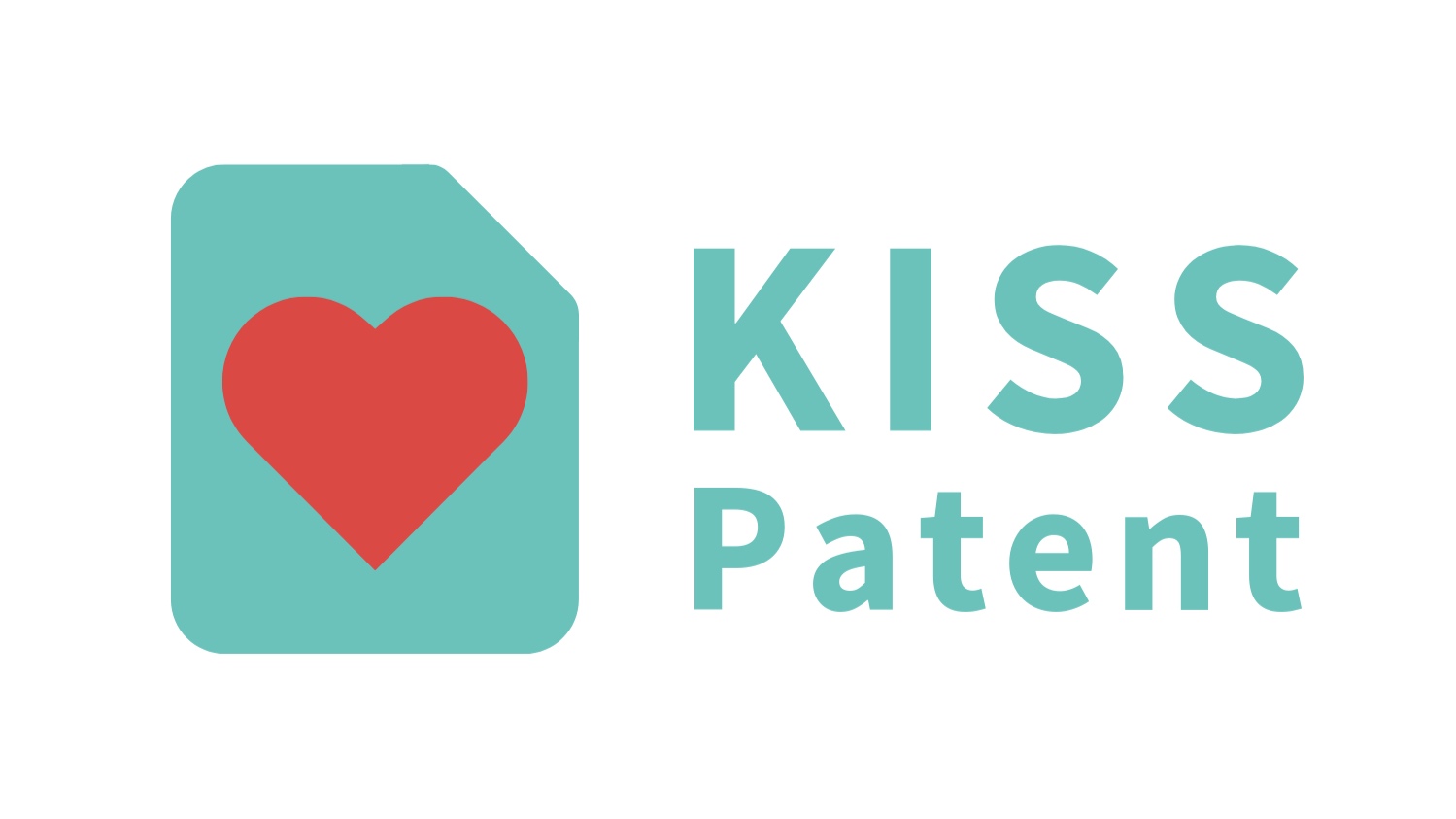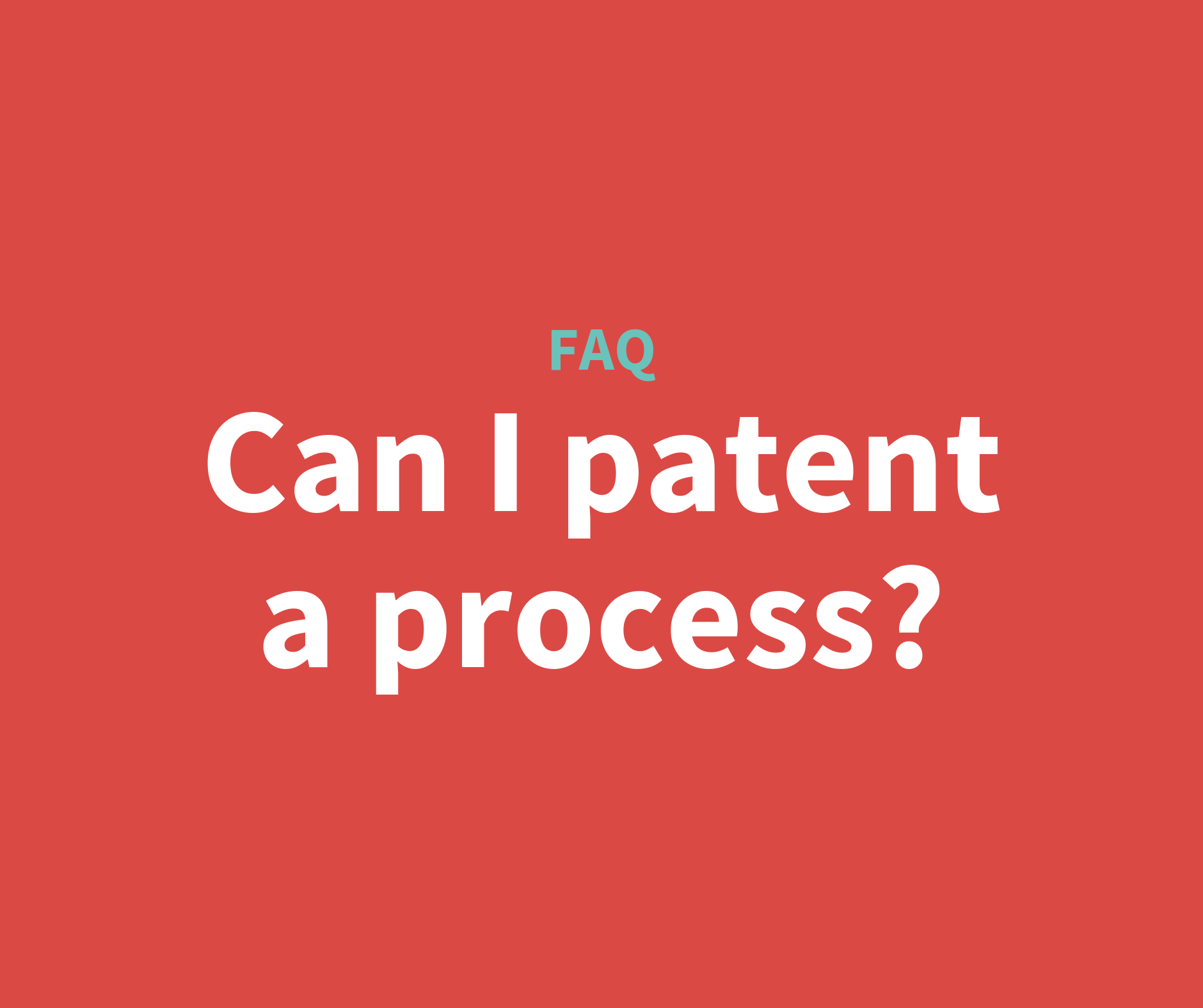For an invention to be eligible for patent protection, it must fulfill certain criteria. The invention must fit into a patentable category. The invention must also be new, non-obvious, and useful.
The patentable categories include any type of technology. The categories of inventions that can qualify for a utility patent include:
Hi-Tech, including hardware, software, and electronics
Material compositions such as combinations of chemicals, foods, and living organisms
Machines, which can be as simple as an umbrella or as complex as a robot
Life science technology, including pharmaceuticals, medical devices, proteins, and more
To determine whether your invention may qualify for a patent, ask the following questions:
Does the invention fall into a patentable category? If your invention doesn’t relate to some type of technology as described above, it won’t qualify for a patent.
Is the invention new? To be eligible for a patent, your invention must be different than anything else that is currently sold to the public, written or published, or patented. You may want to hire a patent agent to conduct a prior art search.
Is the invention non-obvious? That is, does it have a “wow” factor? The patent office will compare your invention to what is already known, to decide whether it is really inventive.
Does the invention have utility? If your invention doesn't have a specific use (i.e the invention is abstract), it cannot be patented.
If you need help determining if your invention is patentable, please feel free to contact us.
Can’t find the answer to your question?
Do you think we missed something? Let us know!
Drop us an email or schedule a free call with us!
Search our FAQ to find more articles:
Not sure what type of Intellectual Property is right for you?
Fill out our quick survey to find out!






























